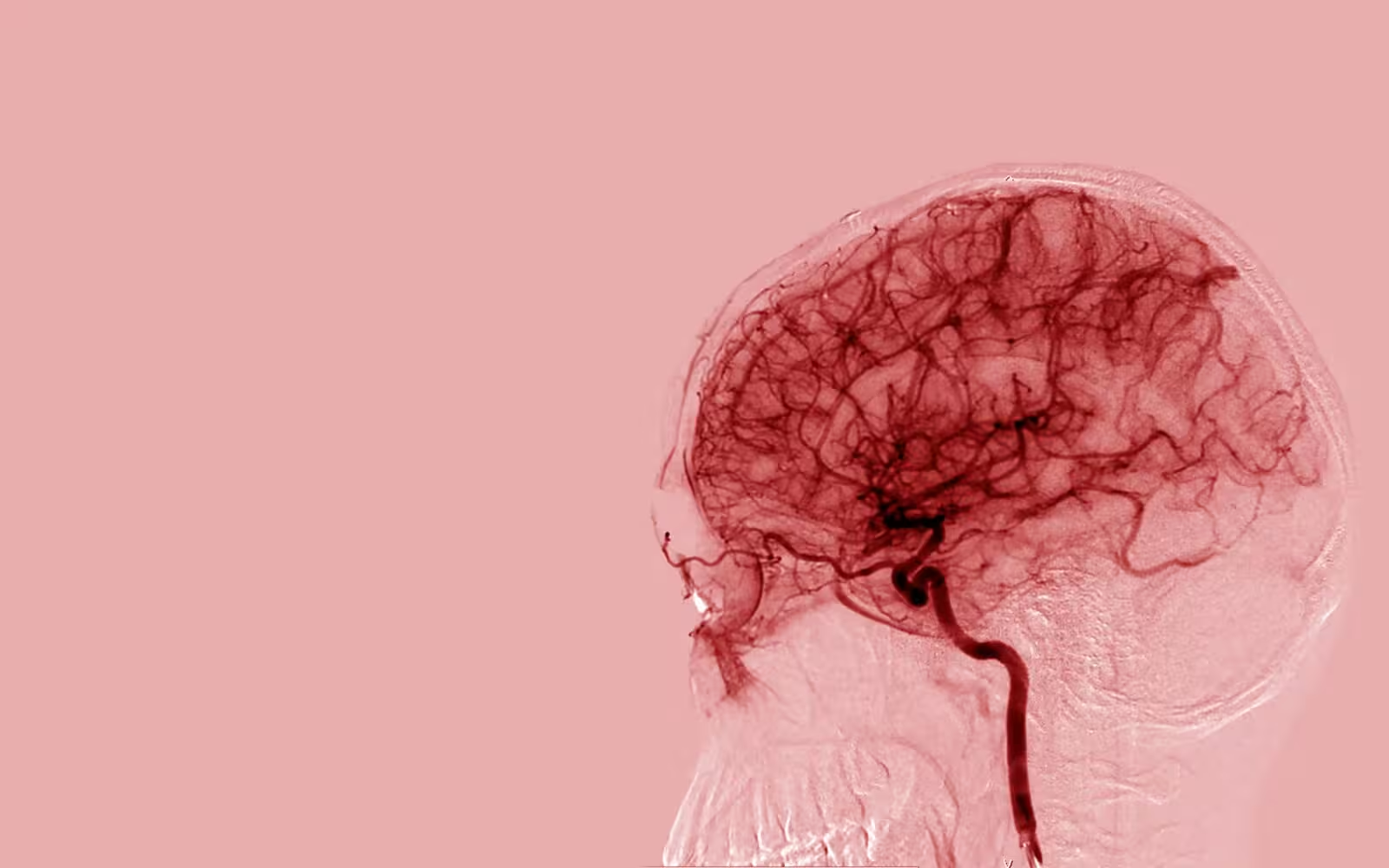1. Introduction to Type 1 Diabetes
Type 1 diabetes, often referred to as juvenile diabetes or insulin-dependent diabetes, is a chronic condition that occurs when the pancreas produces little or no insulin. Insulin is a vital hormone that enables your body to use glucose (sugar) from the carbohydrates in food for energy or store it for future use. Without insulin, glucose remains in the bloodstream, causing dangerously high blood sugar levels, which can lead to a variety of serious complications.
This autoimmune disease affects millions of people worldwide, and while it can develop at any age, it typically appears in children, adolescents, or young adults. Unlike Type 2 diabetes, which is often associated with lifestyle factors, Type 1 diabetes is not preventable and requires lifelong management.
Prevalence and Demographics
Type 1 diabetes accounts for about 5-10% of all diagnosed cases of diabetes, with the rest being predominantly Type 2 diabetes. It is more commonly diagnosed in individuals under 20, though it can occur in adults.
Distinction Between Type 1 and Type 2 Diabetes
While Type 1 and Type 2 diabetes are both related to high blood sugar levels, their causes and treatments are quite different. Type 1 is primarily an autoimmune condition where the body attacks its insulin-producing cells, whereas Type 2 diabetes often arises due to insulin resistance and is more closely linked to factors such as obesity, diet, and physical inactivity.
2. Understanding Type 1 Diabetes
The Role of Insulin in the Body
Insulin is a hormone produced by beta cells in the pancreas. It plays a critical role in regulating blood sugar by allowing glucose to enter cells, where it is either used for energy or stored. In the absence of insulin, glucose builds up in the bloodstream, leading to hyperglycemia (high blood sugar), which can cause a variety of serious health issues.
What Happens in Type 1 Diabetes?
In Type 1 diabetes, the immune system mistakenly identifies the beta cells in the pancreas as foreign invaders and destroys them. This process is called autoimmune destruction. Without these beta cells, the body cannot produce insulin, leading to an accumulation of glucose in the blood.
Autoimmune Nature of the Disease
The exact reason why the immune system turns against the beta cells is not entirely clear, but a combination of genetic and environmental factors is believed to play a role. Type 1 diabetes is considered an autoimmune condition because the body attacks itself, specifically the insulin-producing cells.
Risk Factors for Type 1 Diabetes
While the exact cause of Type 1 diabetes remains unknown, certain risk factors have been identified:
- Family history: Having a parent or sibling with Type 1 diabetes slightly increases the risk.
- Genetics: Certain genes, particularly those in the HLA (human leukocyte antigen) region, are associated with an increased risk of Type 1 diabetes.
- Environmental factors: Viral infections or exposure to certain substances during childhood may trigger the immune system to attack the pancreas.
Genetics and Environmental Triggers
Though genes play a role in susceptibility to Type 1 diabetes, not everyone with genetic risk factors will develop the disease. Environmental factors, such as infections or toxins, may act as triggers that initiate the autoimmune process. For example, certain viruses, like enteroviruses, have been linked to the onset of Type 1 diabetes in genetically predisposed individuals.
3. Symptoms of Type 1 Diabetes
Common Early Signs
The symptoms of Type 1 diabetes often appear suddenly and can be severe. They include:
- Excessive thirst and frequent urination
- Extreme hunger
- Unintended weight loss
- Fatigue and weakness
- Blurred vision
- Irritability or mood changes
These symptoms occur because the body is unable to utilize glucose for energy, leading to the breakdown of fat and muscle for fuel, which in turn produces harmful byproducts like ketones.
Hyperglycemia and Its Effects
Hyperglycemia, or high blood sugar, is a defining characteristic of Type 1 diabetes. When blood sugar levels are high, it can lead to dehydration, fatigue, blurred vision, and even confusion. If left untreated, hyperglycemia can result in more serious complications, including diabetic ketoacidosis (DKA), a life-threatening condition that occurs when the body breaks down fat too quickly.
Complications of Untreated Type 1 Diabetes
If Type 1 diabetes is left untreated, it can lead to severe complications such as:
- Diabetic ketoacidosis (DKA)
- Severe dehydration
- Organ damage
- Coma or even death
DKA is particularly dangerous and requires immediate medical attention, as it can progress rapidly, leading to life-threatening complications.
4. Diagnosis of Type 1 Diabetes
How is Type 1 Diabetes Diagnosed?
Type 1 diabetes is typically diagnosed through a combination of blood tests and clinical symptoms. The diagnosis process involves:
- Checking for high blood sugar levels
- Testing for ketones, which can indicate DKA
- Assessing for antibodies that signal an autoimmune response
Blood Tests and Glucose Monitoring
Several tests are used to diagnose diabetes, including:
- Random blood sugar test: This test measures blood glucose levels at a random time. A level of 200 mg/dL or higher suggests diabetes.
- Fasting blood sugar test: A fasting glucose level of 126 mg/dL or higher on two separate tests indicates diabetes.
- Oral glucose tolerance test: This test measures blood sugar before and after consuming a glucose-containing drink. Levels of 200 mg/dL or higher after two hours suggest diabetes.
A1C and Blood Sugar Levels
The A1C test measures average blood sugar levels over the past two to three months. An A1C level of 6.5% or higher on two separate tests indicates diabetes. This test is particularly useful in confirming a diagnosis of Type 1 diabetes in people with fluctuating blood sugar levels.
Ketones and Ketoacidosis
In addition to elevated blood sugar, the presence of ketones in the blood or urine is a hallmark of diabetic ketoacidosis (DKA), a serious complication of Type 1 diabetes. Testing for ketones is important in diagnosing and managing Type 1 diabetes, particularly during illness or periods of stress.
5. Treatment and Management of Type 1 Diabetes
Insulin Therapy
Since people with Type 1 diabetes cannot produce insulin, they require lifelong insulin therapy. There are different types of insulin, categorized based on how quickly and how long they work:
- Rapid-acting insulin: Begins to work within 15 minutes and lasts for about 2-4 hours.
- Short-acting insulin: Takes effect within 30 minutes and lasts 3-6 hours.
- Intermediate-acting insulin: Starts working within 1-2 hours and lasts 12-18 hours.
- Long-acting insulin: Provides a steady release of insulin over 24 hours or more.
Insulin Delivery Methods: Injections vs. Pumps
Insulin can be delivered through multiple daily injections or through an insulin pump. Pumps are becoming more popular because they provide continuous delivery of insulin and allow for more precise control of blood sugar levels. However, some people prefer the flexibility of injections.
Monitoring Blood Sugar Levels
Managing Type 1 diabetes requires frequent monitoring of blood glucose levels to ensure they remain within a healthy range.
Continuous Glucose Monitoring (CGM)
CGM devices track blood glucose levels throughout the day and night, providing real-time data and alerts when levels are too high or too low. CGMs have revolutionized diabetes care, allowing for more proactive management.
Fingerstick Testing
Traditional fingerstick testing involves using a small device to prick the skin and draw a drop of blood, which is then measured with a glucose meter. Though not as advanced as CGM, fingerstick testing remains a reliable and cost-effective method for many people.
Role of Diet and Nutrition
Diet plays a critical role in managing Type 1 diabetes. People with the condition need to carefully balance their carbohydrate intake with insulin to avoid blood sugar spikes.
Carbohydrate Counting
Carbohydrate counting is a common method used to manage Type 1 diabetes. By calculating the number of carbs in a meal, individuals can adjust their insulin doses accordingly.
Glycemic Index and Its Impact
The glycemic index (GI) ranks foods based on how quickly they raise blood sugar levels. People with Type 1 diabetes are encouraged to choose low-GI foods, such as whole grains and legumes, to help maintain stable blood sugar levels.
Exercise and Physical Activity
Exercise is crucial for overall health, but it can be challenging for people with Type 1 diabetes due to the risk of both high and low blood sugar levels during physical activity. Regular exercise can help improve insulin sensitivity, but it requires careful planning, including adjusting insulin doses and monitoring blood sugar before, during, and after exercise.
Managing Stress and Mental Health
Chronic stress can affect blood sugar levels and make it harder to manage diabetes. Techniques such as mindfulness, meditation, and counseling can be beneficial for people with Type 1 diabetes in managing the emotional toll of the condition.
6. Complications of Type 1 Diabetes
Short-Term Complications
Hypoglycemia
Hypoglycemia, or low blood sugar, occurs when blood glucose levels drop below 70 mg/dL. It can cause dizziness, confusion, sweating, shaking, and in severe cases, loss of consciousness. Hypoglycemia is often a result of too much insulin, missing meals, or excessive exercise without proper glucose management.
Diabetic Ketoacidosis (DKA)
DKA is a serious condition that occurs when the body starts breaking down fat at an accelerated rate, producing ketones, which can lead to dangerously high blood acidity. Symptoms include vomiting, nausea, fruity-smelling breath, and confusion. Immediate medical intervention is required to treat DKA.
Long-Term Complications
Over time, poorly managed Type 1 diabetes can lead to various long-term complications affecting multiple organs.
Cardiovascular Disease
People with Type 1 diabetes are at increased risk of heart disease, stroke, and high blood pressure. Maintaining healthy blood sugar levels, along with regular exercise and a heart-healthy diet, is key to reducing this risk.
Neuropathy
Diabetic neuropathy, or nerve damage, is a common complication of long-standing diabetes. It often affects the legs and feet, causing pain, numbness, or tingling.
Retinopathy
Diabetes can damage the blood vessels in the retina, leading to diabetic retinopathy. This condition is a leading cause of blindness among adults with diabetes, and regular eye exams are essential for early detection and treatment.
Nephropathy
Diabetes can also affect the kidneys, leading to diabetic nephropathy. This condition can progress to kidney failure if not properly managed, requiring dialysis or a kidney transplant.
7. Living with Type 1 Diabetes
Day-to-Day Life with Type 1 Diabetes
Managing Type 1 diabetes requires daily monitoring of blood sugar levels, taking insulin, and making lifestyle adjustments. People with the condition must be vigilant in balancing insulin doses with food intake and physical activity to prevent complications.
Managing Diabetes in Children
Type 1 diabetes in children presents unique challenges, as it requires careful coordination between caregivers, schools, and healthcare providers. Teaching children how to manage their condition and promoting independence while ensuring their safety is a delicate balance.
Impact on School, Work, and Social Life
Type 1 diabetes can affect a person’s daily routines, including school or work schedules and social activities. It requires planning ahead for meals, insulin doses, and glucose monitoring, but with proper management, individuals with diabetes can lead full, active lives.
Traveling with Type 1 Diabetes
Traveling can be more complicated for people with Type 1 diabetes due to time zone changes, access to insulin, and the need for careful meal planning. However, with preparation—such as carrying extra supplies, understanding local food options, and adjusting insulin—people with diabetes can enjoy travel without significant issues.
Emotional and Psychological Considerations
Living with a chronic condition like Type 1 diabetes can be emotionally draining. It’s common to experience feelings of frustration, anxiety, or depression, especially when managing daily insulin injections, blood sugar levels, and the potential for complications. Psychological support, either through therapy or support groups, can be highly beneficial.
8. Technological Advancements in Type 1 Diabetes
Insulin Pumps and Smart Pens
Insulin pumps have significantly improved diabetes management by providing continuous, regulated doses of insulin throughout the day. Smart insulin pens, which track doses and provide reminders, offer additional convenience for those who prefer injections.
Artificial Pancreas Systems
One of the most exciting advancements in diabetes management is the development of the artificial pancreas—a device that automatically monitors blood glucose levels and delivers the right amount of insulin, mimicking the function of a healthy pancreas.
Glucose Monitoring Innovations
Continuous glucose monitoring (CGM) devices have improved dramatically in recent years, offering more accurate, user-friendly options that reduce the need for frequent fingerstick tests. CGMs provide real-time data and alerts, helping people avoid dangerous highs and lows in blood sugar.
Closed-Loop Systems and Automated Insulin Delivery
Closed-loop systems, also known as hybrid artificial pancreas systems, integrate CGM data with insulin pump technology. These systems automatically adjust insulin delivery based on blood glucose levels, reducing the burden of diabetes management and improving overall control.
9. Research and Future Directions
Advances in Immunotherapy
Immunotherapy aims to target and halt the autoimmune response responsible for destroying insulin-producing cells in Type 1 diabetes. Researchers are exploring several approaches, including vaccines and immune-modulating therapies, to prevent or slow the progression of the disease.
Progress Toward a Cure
Scientists continue to search for a cure for Type 1 diabetes. While a complete cure has not yet been found, advancements in beta cell replacement, stem cell research, and gene therapy offer promising avenues for future treatments.
Beta Cell Transplants
Beta cell transplants involve transplanting insulin-producing cells from a donor pancreas into a person with Type 1 diabetes. While this approach has shown success in some cases, there are challenges with immune rejection and limited availability of donor cells.
Stem Cell Research
Stem cell research holds significant promise for regenerating insulin-producing beta cells. By converting stem cells into functioning beta cells, researchers hope to develop a sustainable treatment for Type 1 diabetes.
Gene Therapy for Type 1 Diabetes
Gene therapy offers another exciting avenue for treatment. By targeting the genetic mutations that lead to Type 1 diabetes, researchers aim to correct the underlying cause of the disease and restore normal insulin production.
10. Type 1 Diabetes in Special Populations
Type 1 Diabetes in Children
Type 1 diabetes is commonly diagnosed in children, and managing the condition requires a team-based approach involving parents, caregivers, and healthcare providers. Insulin therapy, glucose monitoring, and dietary management must be adapted to suit a child’s developmental needs, and education is crucial to help them understand and take ownership of their condition as they grow.
Type 1 Diabetes in Pregnancy
Pregnancy presents unique challenges for women with Type 1 diabetes. Maintaining stable blood sugar levels is critical to ensure a healthy pregnancy and reduce the risk of complications for both the mother and baby. Preconception planning and close monitoring throughout pregnancy are essential for optimal outcomes.
Type 1 Diabetes in Older Adults
As people with Type 1 diabetes age, they may face new challenges related to managing the disease, such as changes in insulin sensitivity, other health conditions, and the need for assistance in monitoring glucose levels. Older adults with Type 1 diabetes require individualized care to address these challenges.
11. Myths and Misconceptions About Type 1 Diabetes
Debunking Common Myths
There are many misconceptions about Type 1 diabetes, such as the idea that it is caused by poor diet or that it can be cured with lifestyle changes. Unlike Type 2 diabetes, which can sometimes be managed or even reversed with diet and exercise, Type 1 diabetes is an autoimmune condition that requires insulin therapy.
Understanding the Realities of Type 1 Diabetes
People with Type 1 diabetes can live full, healthy lives with proper management. However, it is important to understand the seriousness of the condition and the ongoing challenges it presents, including the need for constant monitoring and care.
12. Support Systems and Resources for Type 1 Diabetes
Diabetes Education Programs
Many hospitals and clinics offer diabetes education programs that provide essential information about managing the disease, including how to administer insulin, monitor blood sugar levels, and adjust for diet and exercise.
Support Groups and Communities
Joining a support group can be a valuable way for people with Type 1 diabetes to connect with others who understand the challenges of living with the condition. These groups provide emotional support, practical advice, and a sense of community.
Online Resources and Apps for Diabetes Management
There are numerous online resources, apps, and devices designed to help people manage Type 1 diabetes. These tools can assist with tracking blood sugar levels, adjusting insulin doses, and providing reminders for medication and meals.
13. Conclusion
In conclusion, Type 1 diabetes is a complex, chronic condition that requires lifelong management. With advances in technology, new treatments, and ongoing research, people with Type 1 diabetes can live healthy, fulfilling lives. Early diagnosis, consistent monitoring, and individualized care plans are essential in managing the disease and minimizing complications. As science continues to evolve, the future for people with Type 1 diabetes looks promising, with potential breakthroughs that may one day lead to a cure.





Such an informative and detailed article on this disease. I hope you will keep sharing with us such sort of article from time to time.
Thank you!